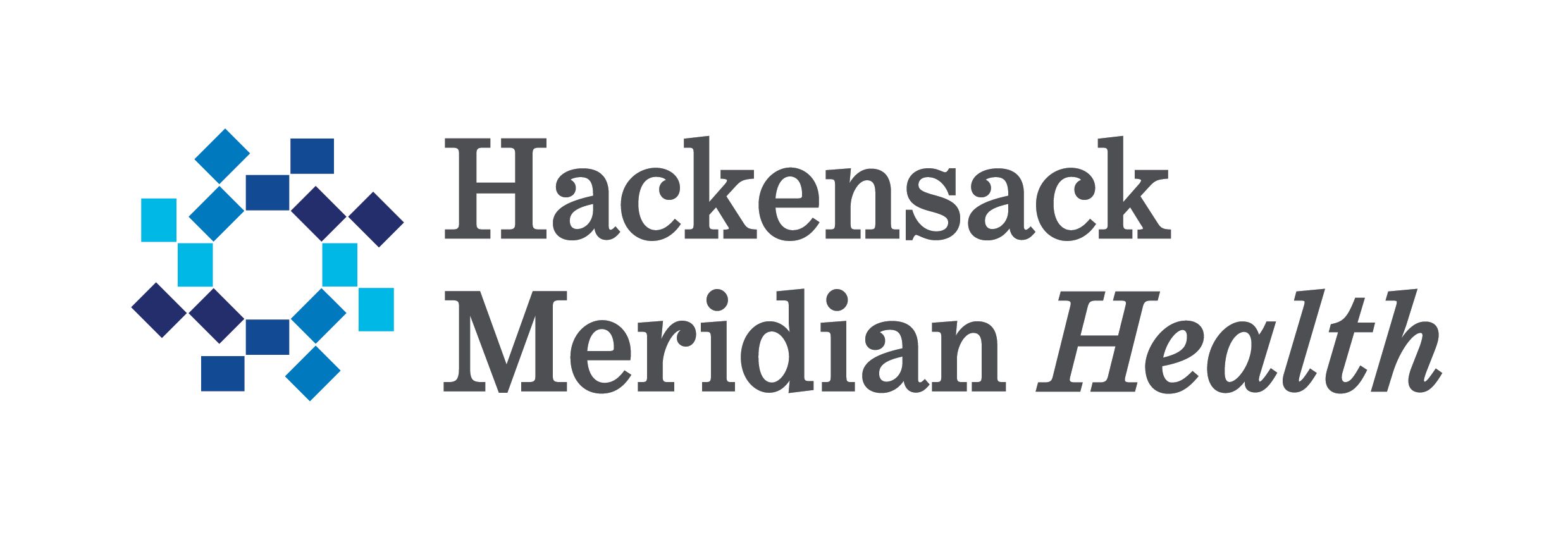
Pharmacists Have a Significant Role in Chronic Kidney Disease

The Kidney Disease: Improving Global Outcomes guidelines can provide pharmacists with approaches to minimizing chronic kidney disease progression and complications.
To minimize the risks of chronic kidney disease (CKD) and delay disease progression and complications, the Kidney Disease: Improving Global Outcomes (KDIGO) guidelines suggest a multi-faceted and multi-disciplinary approach. Key components of this approach include lifestyle modifications, drug therapy, and medication stewardship. The primary objectives are to manage CKD-related clinical signs and symptoms (eg, hypertension, hyperkalemia), improve quality of life, address and correct laboratory abnormalities, minimize unnecessary interactions that could worsen CKD, and ensure the timely resumption of CKD-benefitting medications when therapy was interrupted. This article focuses on select highlights to emphasize the pharmacist’s critical role in optimizing care for people with CKD.
Lifestyle modifications can play a key role in reducing an individual’s CKD risk and delaying disease progression. The 4 main groups of lifestyle modifications are physical activity, healthy diet, tobacco product cessation, and weight management. When counseling patients with CKD about physical activity, it is important to take into consideration the individual’s cardiovascular health, physical tolerance level, and their degree of frailty. Based on these factors, it is recommended for a patient with CKD to participate in 150 minutes per week of moderate-intensity physical activity.1
Alongside physical activity, the KDIGO guidelines also recommend a healthy and diverse diet for patients with CKD. This diet should focus on a higher percentage of consumption of plant-based foods compared to animal-based and ultra-processed foods. For example, it is recommended for an adult with Glomerular Filtration Category 3 through 5 (G3-G5) CKD to consume 0.8 g/kg per day. High consumption of protein may lead to an accumulation of protein waste products and lead to a decline in kidney function and other organs that are affected. Furthermore, when counseling a patient with CKD, the recommended sodium intake is less than 2 g of sodium per day, with age-specific recommendations and a sodium intake counseling guide available in the KDIGO guidelines.1
For all patients who have CKD and high blood pressure, the systolic blood pressure goal is under 120 mmHg. Additionally, patients with CKD and a moderately-to-severely increased albuminuria are recommended to be initiated on either an angiotensin converting enzyme inhibitor (ACEi) or angiotensin II receptor blocker (ARB), in the presence or absence of high blood pressure or diabetes. Within 2 to 4 weeks of initiation or a dose increase of an ACEi or ARB, the KDIGO guidelines recommend obtaining blood pressure, serum creatinine, and serum potassium. Despite the dose reductions noted for these agents, if the estimated glomerular filtration rate (eGFR) is less than 30 mL/min per 1.73 m2, it is recommended to continue these medications because discontinuation was found to have limited cardiovascular or renal benefits in the STOP-ACEi trial.1,2
Patients with CKD and diabetes, urine albumin-creatinine ratio over 200 mg/g, or heart failure and an eGFR over 20 mL/min per 1.73 m2 should be started on a sodium-glucose cotransporter-2 (SGLT2i). If the patient continues to maintain an elevated blood pressure, albuminuria, or uncontrolled type 2 diabetes (T2D) despite the use of an ACE/ARB and an SGLT2i, a nonsteroidal mineralocorticoid antagonist—such as finerenone (Kerendia; Bayer Healthcare)—can be recommended.1
As a pharmacist, it is important to note the risk of hyperkalemia due to the adverse effect (AE) profile of most of the medication management. As with typical hyperkalemia management, the KDIGO guidelines recommend first addressing correctable factors (eg, dietary intake, medications). If after these interventions hyperkalemia has not resolved, potassium exchange agents, diuretics, or optimizing sodium bicarbonate levels can be used for management. Further, the final option for patients with CKD and concomitant hyperkalemia is to either reduce the dose or discontinue the ACE/ARB or mineralocorticoid antagonist.1
Patients with CKD are at an increased risk of inappropriate prescribing, with rates as high as 37% in ambulatory care and 43% in long-term care settings. In addition, up to 20% of individuals with CKD stages G3-G5 receive at least 1 nephrotoxic medication annually.1 Consequently, guidelines strongly recommend integrating pharmacists into multidisciplinary teams to optimize care plans and conduct thorough medical reviews. Pharmacists play a crucial role in medical decision-making by identifying alternatives to nephrotoxic medications, promoting vigilant monitoring for AEs and efficacy, and implementing therapeutic drug monitoring for medications with narrow therapeutic indexes, such as vancomycin and gentamicin. Additionally, over-the-counter medications such as non-steroidal anti-inflammatory drugs can exacerbate kidney disease, making pharmacists essential to help counsel patients with baseline CKD on avoiding nephrotoxic substances.
Additionally, patients with CKD are especially vulnerable to polypharmacy because of multiple comorbidities and involvement of various health care providers. These are attributable to polypharmacy, which can result in increased pill burden, medication errors, and drug-drug interactions. Clinical pharmacists play a crucial role in evaluating the appropriateness of medication regimens, including the number, dosages, and potential interactions. Through drug stewardship, pharmacists ensure the safe and effective use of medications, conducting regular medication reviews, particularly during care transitions or when there is a decline in GFR. When medications are discontinued during an acute illness, pharmacists help develop a plan and timeline for restarting them.
Guidelines emphasize restarting key medications, such as metformin, ACEi, ARBs, and SGLT2i, withheld before elective surgery to prevent perioperative AKI and other complications. While withholding renin-angiotensin system inhibitors (RASi) before surgery may reduce AEs, it also removes their protective benefits, such as reducing the risk of major adverse cardiovascular events and death. Therefore, establishing effective communication between inpatient and outpatient teams is essential to ensure the safe and timely resumption of these medications.
REFERENCES
1. Kidney Disease: Improving Global Outcomes (KDIGO) CKD Work Group. KDIGO 2024 Clinical Practice Guideline for the Evaluation and Management of Chronic Kidney Disease. Kidney Int. 2024;105(4S): S117–S314. doi:10.1016/j.kint.2023.10.018.
2. Bhandari S, Mehta S, Khwaja A, et al. Renin–Angiotensin System Inhibition in Advanced Chronic Kidney Disease. NEJM. 2022;387:2021-2032. doi:10.1056/NEJMoa2210639.
Newsletter
Stay informed on drug updates, treatment guidelines, and pharmacy practice trends—subscribe to Pharmacy Times for weekly clinical insights.




